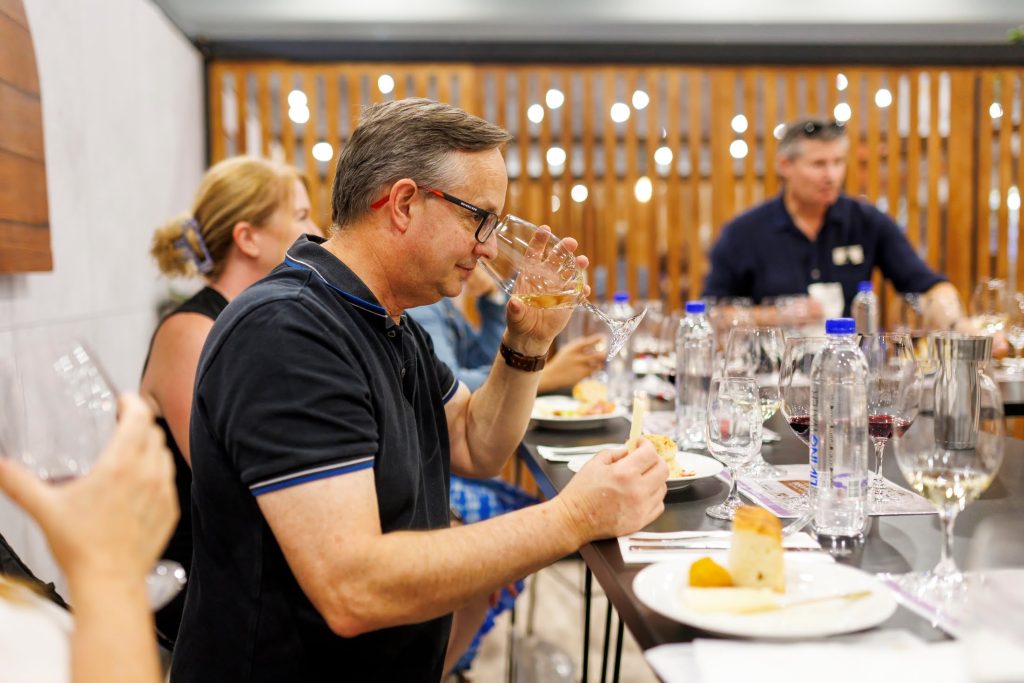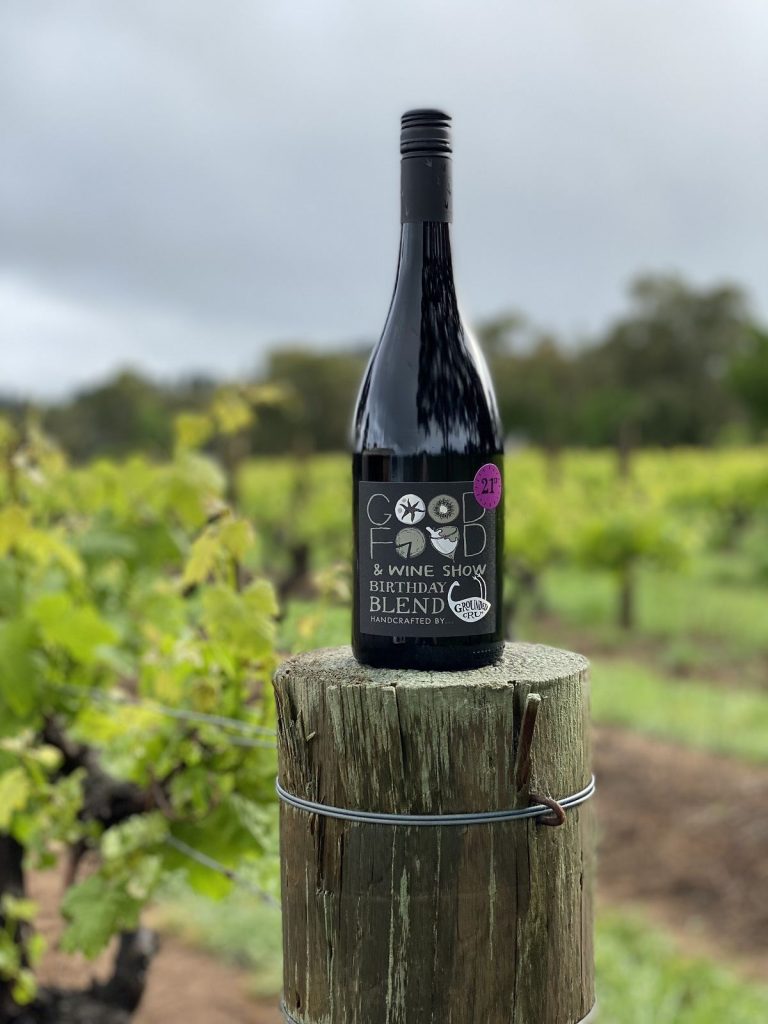Crash Course in Wine Appreciation
Published 04 Sep, 2024
The beginner’s guide to wine appreciation.
There’s always one. The self-proclaimed wine connoisseur who delights in flaunting complicated terminology and sommelier level jargon.
‘This one’s got legs!’ they’ll remark.
You pretend not to hear so you can simply get on with the night instead of exposing your vino naivety, your achilles heel of dinner party chit chat.
‘Melbourne weather really is four seasons in one day they’re not wrong hey,’ you mumble in a desperate attempt at shifting gears.
It’s nervous babble. You’ll say anything to steer away from a convo revolving tannins, body, legs, viscosity or acidity. Let’s be frank, it can be intimidating. So we’ve put together a crash course to help you navigate the complicated world of wine appreciation by breaking down the basics into three palatable (pun intended) pillars: Look, Smell, and Taste.
LOOK
The appearance of a wine can reveal a lot about its characteristics. Here’s what to observe:
- Colour: The colour of a wine can hint at its age, grape variety, and other factors. A wine that’s yellow or brown might be older, while a blue tinge could indicate higher acidity.
- Viscosity and Legs: The ‘wine legs’ or ‘wine tears’ are droplets that form on the inside of a glass. A lot of droplets suggest higher alcohol content, while slower-moving droplets usually indicate a sweeter wine.

SMELL
Swirling the wine in your glass helps release its aromas. Here’s how to break down the scents:
- Primary Aromas: These come from the grape variety and can include fruit, herb, and floral notes.
- Secondary Aromas: Resulting from fermentation, these might have yeasty notes like sourdough bread.
- Tertiary Aromas: Develop through oxidation and ageing, resulting in scents such as nuts and vanilla.
TASTE
When tasting wine, consider both flavour and structure:
- Flavour: This refers to the specific tastes you detect, such as lemon, vanilla, cherry, or leather.
- Structure: This encompasses several elements:
- Sweetness: Detected on the front of the tongue. Terms like ‘dry’ (less sweet), ‘off-dry’ (semi-sweet), and ‘sweet’ describe the level of sweetness.
- Acidity: Provides a tart sensation that lingers. High acidity wines are often described as ‘crisp’, while low acidity wines can be described as ‘soft’.
- Tannin: Found mainly in red wines, it contributes astringency and texture. Tannin levels can be described as astringent, firm, or soft.
- Alcohol: Sweet grapes, which generally come from warmer climates, result in higher levels of alcohol. The level of alcohol can add body, spiciness and texture to the wine.
- Body: Refers to how the wine feels in your mouth. Light-bodied wines are refreshing and light, medium-bodied wines are often food-friendly, and full-bodied wines are intense and heavy.

Armed with the basics, you’ll find yourself nodding eagerly in agreement the next time you hear the ‘wine’s got legs’ palaver at the dinner table. You’ll want them to know that in fact you know exactly what they mean, a smug grin of satisfaction smeared across your wine flushed face. You’re probably coming on strong, perhaps OTT with the enthusiasm – but that’s what it’s all about. Go you good thing! We hope you continue to explore your own appreciation and understanding of the fabulous world of wine.
Here’s some links to some of our other blog posts on wine tasting to further your wine discovery journey:











